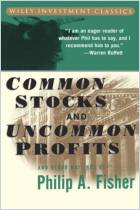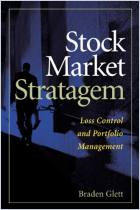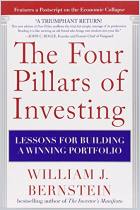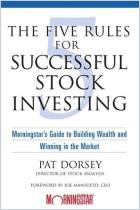
Recommendation
In 1958, for the first time, an investment guide made The New York Times’ bestseller list. Since then, that book, Philip A. Fisher’s Common Stocks and Uncommon Profits has become a classic of the personal finance genre, educating students and influencing top investors such as Warren Buffett. More than half a century after its publication, Fisher’s advice on doing your homework so you can select long-term growth stocks still resonates. While some of the companies he refers to are long gone, many are still thriving, and though some of his examples evoke nostalgia (in 1958, for instance, color TV was new), he presciently calls for the coming of flat screen television. The book, which also includes Fisher’s later writings, shows how he teased out great insights by asking companies “What are you doing that your competitors aren’t doing yet?” getAbstract recommends this seminal classic on investing to business students, rookie securities analysts and private investors.
Summary
About the Author
The late Philip A. Fisher started his investment firm, Fisher & Co., in 1931 and managed investments for no more than a dozen select clients at any time for five decades. He also wrote Paths to Wealth Through Common Stocks and Conservative Investors Sleep Well.

















Comment on this summary